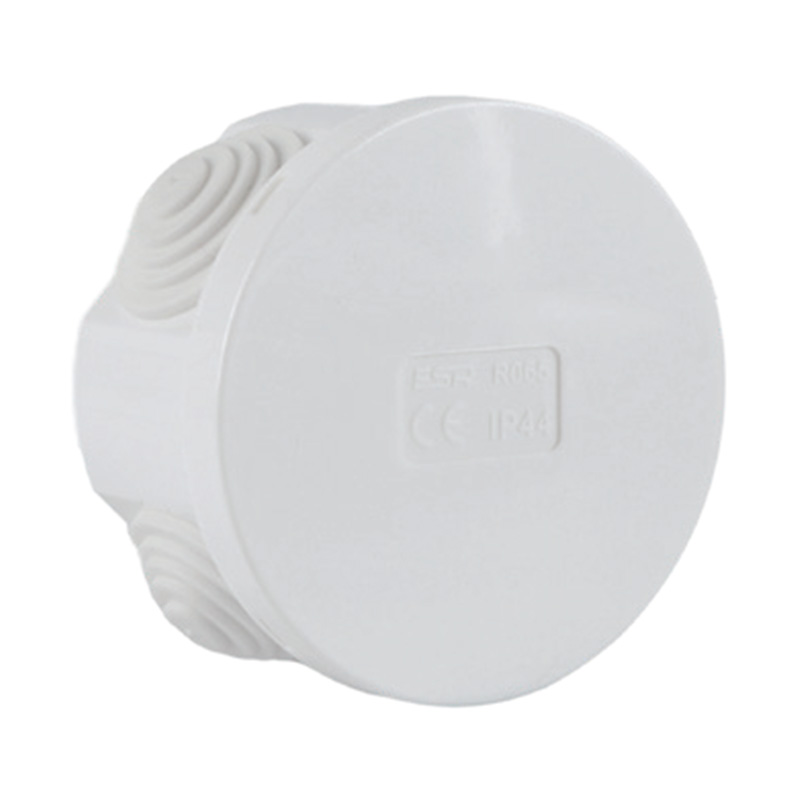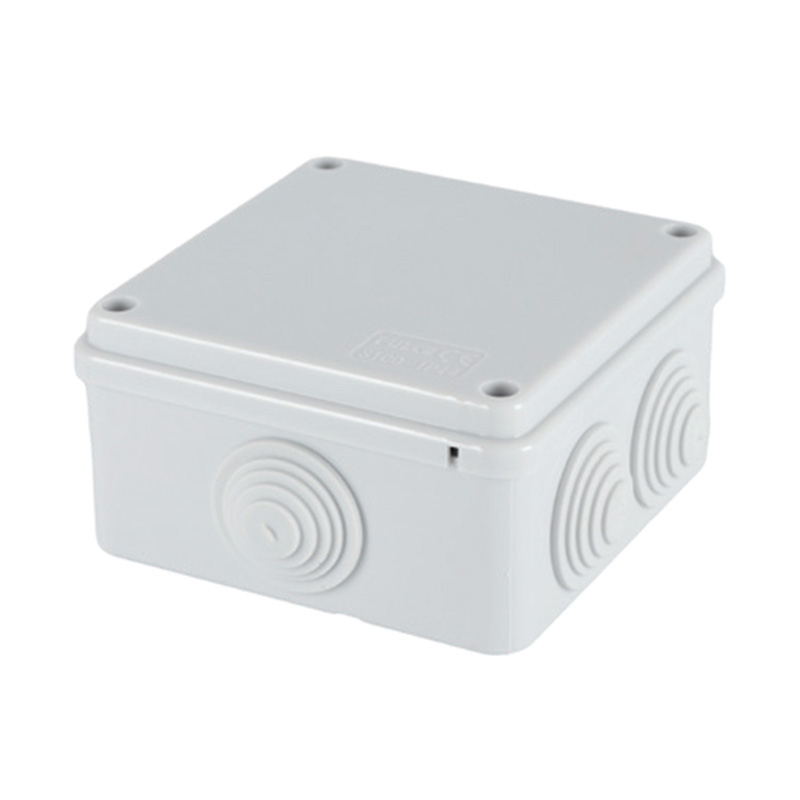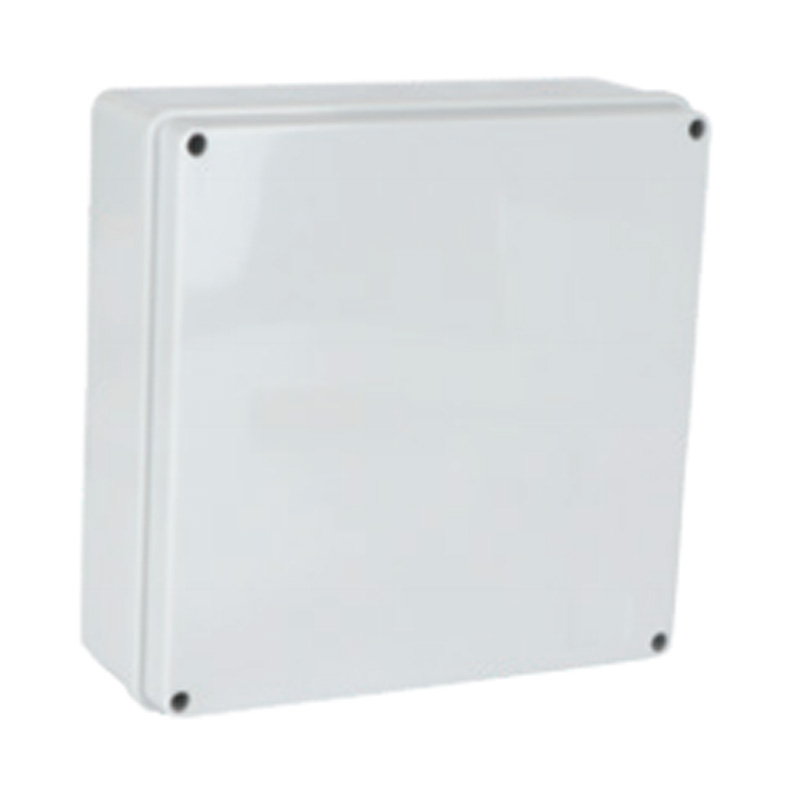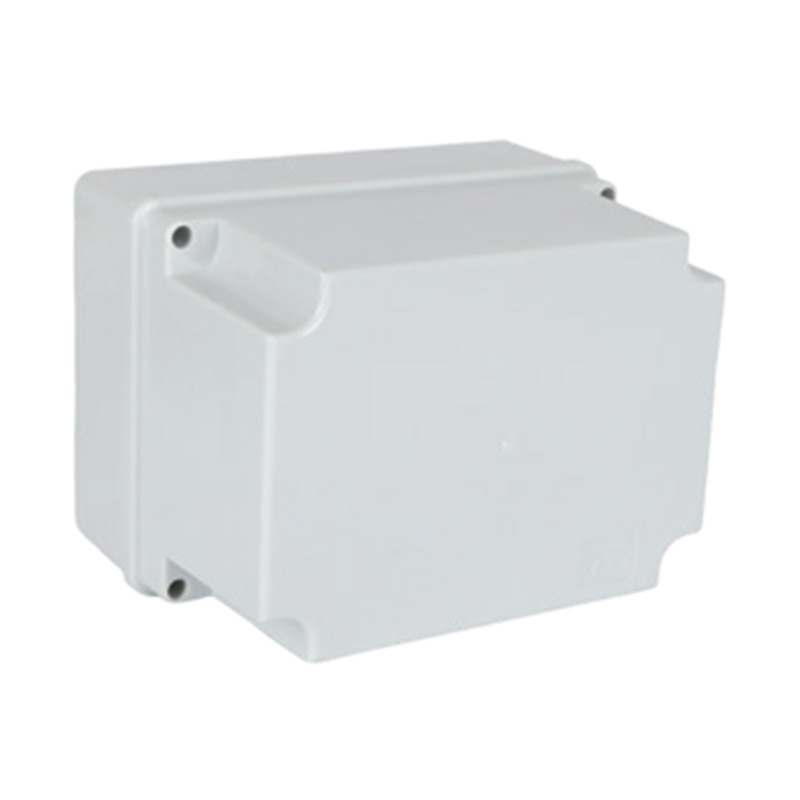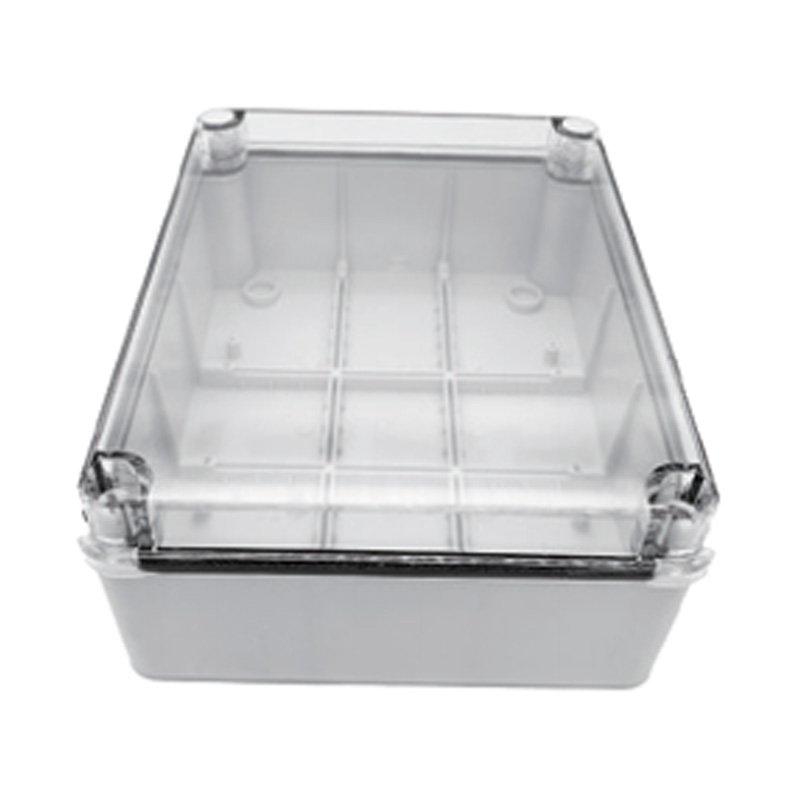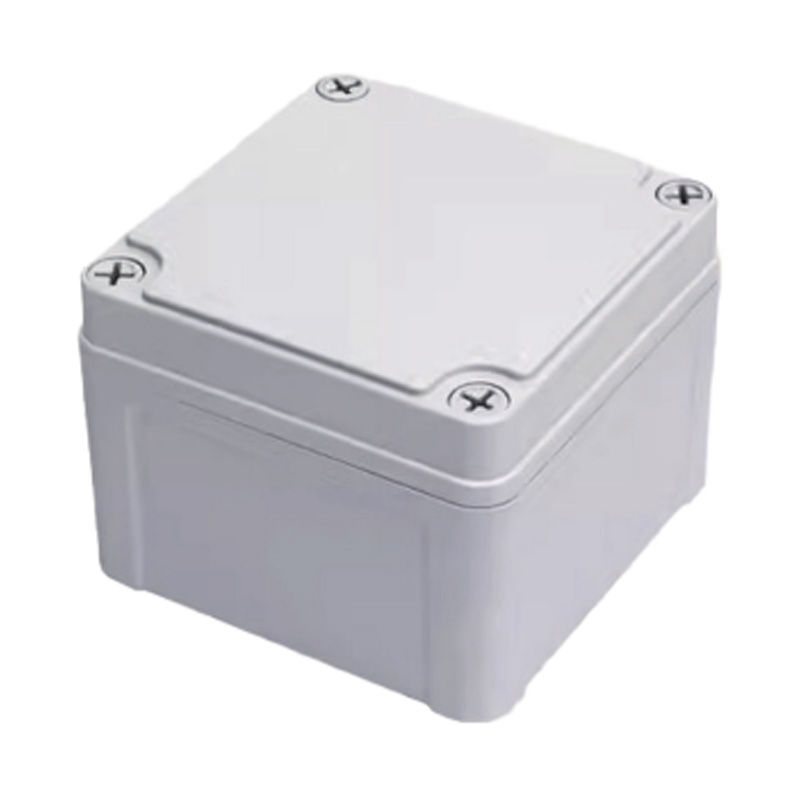What Are the Performance Characteristics of the NPT Cable Gland?
 2025.09.19
2025.09.19
 Industry news
Industry news
The NPT cable gland is a widely recognized component in electrical installations, known for its distinct threaded design. Its performance is largely defined by this tapered thread form, which creates a secure, mechanical seal as it is tightened into a corresponding female port. The deeper the gland is threaded, the tighter the seal becomes. This mechanical interference provides a robust and vibration-resistant connection, making it highly effective in maintaining enclosure integrity.

A primary performance characteristic of the NPT cable gland is its ability to achieve a high degree of environmental sealing. When properly installed, the metal-to-metal contact of the tapered threads can contribute to a good seal against dust, moisture, and certain liquids, often reaching Ingress Protection (IP) ratings like IP66 or IP68. This makes it suitable for use in demanding industrial settings. Furthermore, many NPT glands include a sealing washer or an integrated O-ring to enhance this seal against the enclosure wall.
NPT glands are commonly manufactured from metals like zinc-plated brass or stainless steel, offering commendable corrosion resistance and mechanical strength. This robust construction allows them to provide strain relief, absorbing forces exerted on the cable and preventing them from being transferred to internal terminal connections. It is important to note that achieving a full seal requires the use of thread sealant tape or a compound on the male threads, as the tapered design alone may not be fully gas or liquid-tight under all conditions without it. Their prevalence in North America and compatibility with standard conduit systems make them a staple for many electrical and instrumentation applications.
How Does the Nylon Cable Gland Compare to Other Products?
Nylon cable glands offer a distinct set of advantages and trade-offs when compared to their metal counterparts, such as brass or stainless steel glands. Their position in the market is defined by a balance of performance, cost, and application suitability.
The notable advantage of nylon glands is their corrosion resistance. Unlike brass, which can succumb to tarnishing or dezincification in certain chemical environments, and steel, which can rust if its passive layer is compromised, nylon is inherently immune to a wide range of chemicals, salts, and moisture. This makes it an choice for humid atmospheres, food processing plants, and chemical washdown areas. Furthermore, nylon is an electrical insulator, adding a layer of safety by preventing accidental grounding.
In terms of weight and cost, nylon glands are generally lighter and more economical than metal glands. This makes them a cost-effective solution for large-scale projects where thousands of glands may be required. However, this cost advantage comes with trade-offs in mechanical performance. While glass-reinforced nylon offers improved strength, it typically cannot match the sheer crush resistance and durability of a well-made brass or stainless steel gland in high-stress or high-vibration environments. Nylon may also have a lower tolerance for high temperatures compared to metal options. Therefore, the choice between nylon and metal often hinges on the specific application: nylon excels where corrosion and cost are primary concerns, while metal glands are preferred for their mechanical strength and higher temperature ratings in heavy-industry applications.
Where Are 90 Degree Cable Glands Commonly Used?
The 90-degree cable gland, characterized by its right-angled elbow design, serves a specific and valuable purpose in cable management by providing a compact and directional entry point into an enclosure. Its use is dictated by spatial constraints and the practical need to manage cable routing neatly and efficiently.
One of the common applications for a 90-degree cable gland is in control panels and electrical cabinets where space is at a premium. In tight quarters, a straight cable gland might force a cable to bend sharply immediately after entry, potentially exceeding the cable's bend radius and causing damage to the conductors or shielding. The pre-formed 90-degree elbow allows for a much smoother and more natural cable transition, reducing strain and protecting the cable's integrity. This is particularly important for thicker, less flexible power cables or sensitive shielded data cables.
These glands are also extensively used in applications where an enclosure is mounted flush against a wall, machine frame, or another surface. A straight gland would require significant clearance behind the enclosure for the cable to run, which may not be available. The right-angled design enables the cable to run parallel to the wall immediately after exiting the gland, saving valuable space and allowing for a much tidier installation. This makes them ideal for machinery, industrial automation systems, and telecommunications equipment. Furthermore, in outdoor or washdown environments, the downward-facing entry provided by a 90-degree gland can help prevent water from tracking along the cable and into the enclosure, thereby enhancing the overall weatherproofing of the connection.


 English
English 中文简体
中文简体 Español
Español عربى
عربى

